Wednesday – Structures / Ecofriendly Buildings
Ecofriendly Buildings
Currently, most buildings are built quickly, with the aim of generating economic benefits, leaving relatively aside the welfare and health of those who are going to live or use as a place for work or entertainment.
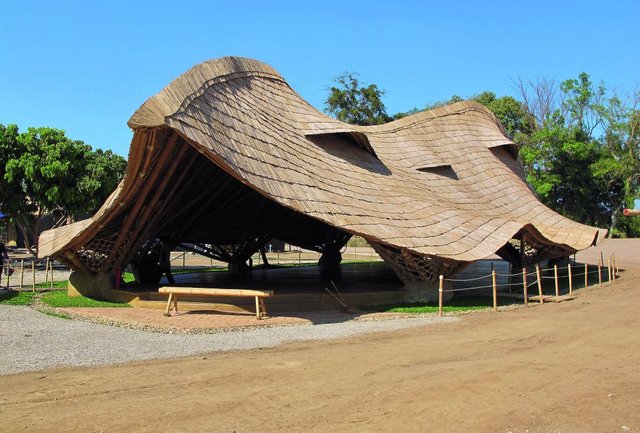
An Ecofriendly Building is a structure that is designed to create and sustain mutually beneficial relationships with all the elements of this local ecology. The local ecology of this type of building or environment is made with particularly physical and biological elements and their interactions. Abiotic or physical elements are defined by local geology and climate.
These buildings are built following bioclimatic guidelines to achieve save between 50% and 80% of energy; this is due to its orientation that allows maximum solar uptake in cold seasons.
Its bioclimatic design considers the conditions of the terrain, trajectory of the sun and the air currents to apply it in the distribution of the spaces and the orientation of the windows so that the use of air conditioning or heating is not necessary. These conditions are taken into account for the distribution of the areas of the house; the day zone to the south; kitchen, dining room and living room, to the southeast; bathrooms and places of transit, such as corridors or hall, to the north or northwest.

In Ecofriendly Building, the designer must consider during the design that people play an integral and beneficial role in the improvement and sustainability of health and the vitality of their local ecology in order to reduce environmental impacts. The approach of the life cycle takes into account all the phases of the life of the product, from its design to its reuse, recycling or disposal.
In traditional architecture, the design, construction and maintenance of buildings generate an impact on the environment. The houses we inhabit and our workplaces are a source of contamination. However, this contamination can be reduced if certain guidelines are considered when constructing a building.
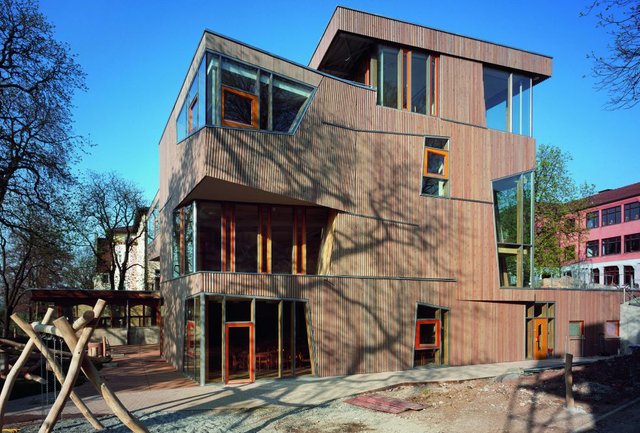
Nowadays, traditional constructions constitute an important source of pollution that harms urban air quality: half of the sulfur dioxide emissions (present in domestic fuels and household waste), a quarter of those of nitrous oxide and the third of the carbon dioxide emissions, the pollutant with the highest incidence in climate change. That is why developed societies must build buildings that produce energy and make less pollution and waste .
Different studies say that almost 80% of the homes in Spain are not healthy. Decisions as simple as putting rooms in so-called geopathogenic areas (such as water currents or mineral masses), can cause health problems in the inhabitants such as stress, insufficient rest, headaches or back problems.
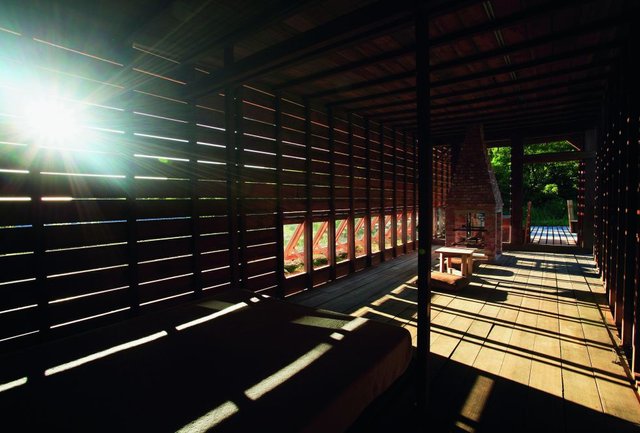
In Ecofriendly buildings, innocuous materials with low ecological impact are used (ceramic bricks, wood, stone, vegetal fibers, earth and mortars with lime). Cement, iron and synthetic materials are avoided, and commitment is made to breathable, indigenous and non-polluting materials that facilitate the aesthetic integration of the building in the landscape. In the construction of this type of buildings consider from the choice of the site where the construction will begin to the projection of the structure and the use of ecological materials or the possibility of recycling them.
Ecofriendly buildings also consider the sustainability of renewable energy systems, such as small wind farms or solar installations for electricity generation.
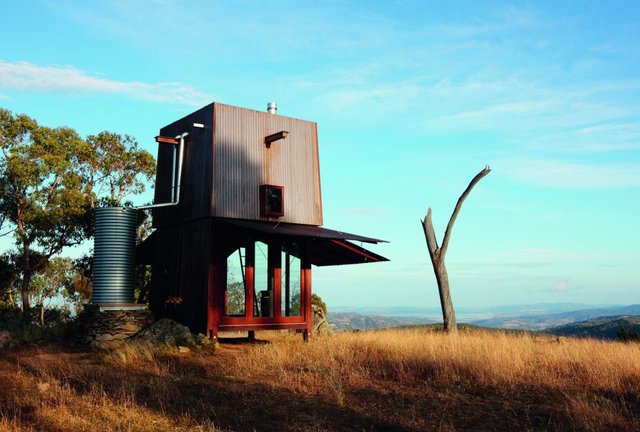
The consumption of water in traditional buildings since its construction and during its enjoyment is considerably high; in countries such as Great Britain, average domestic consumption reaches 160 liters per person / day and in the United States it exceeds 220 liters; but this does not distinguish between drinking water and other domestic uses. The toilet consumes a third of the total water used in our homes. One of the objectives of green buildings is precisely to control the expenditure of water and particularly to distinguish between drinking water and domestic water.
One of the pioneer countries of this type of construction is the United States. In Europe and Spain there are financing programs such as PAEE (FEDER-IDEA), SAVE 3, THERMIE ... which, in addition to offering subsidies, certify this type of works through green or ecological labels (LEEDS, ISO 14001, EEE. ..).
However, one of the limitations for the propagation of green buildings is their high construction cost, which is estimated at 15% higher than that of conventional homes. But this increase in initial investment means a long-term energy saving, which will revert to their own health and a lesser impact on the environment. Here is a list of the world's Ecofriendly skyscrapers in the world
Commerzbank Tower, Frankfurt, Germany
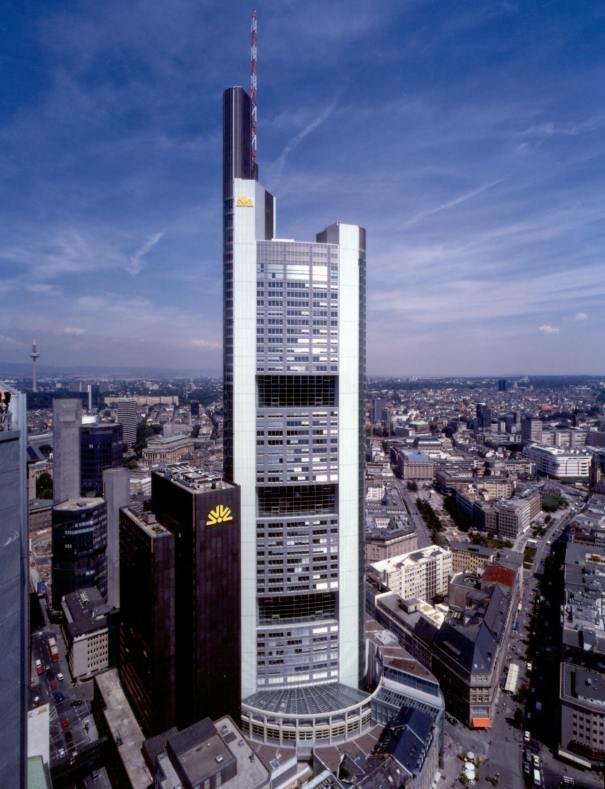
Commerzbank Tower is the tallest building in Europe with 259 meters (850 feet) over the city. This skyscraper was planned in the early 1990s. The Commerzbank Tower became the world's first eco-friendly skyscraper with "sky-gardens" and green technologies meant to reduce power consumption needed to heat or cool the structure. The building allows a lot of natural light to enter the interiors reducing the need to use artificial light.
Seoul Light Digital Media City Tower, Seoul, South Korea.
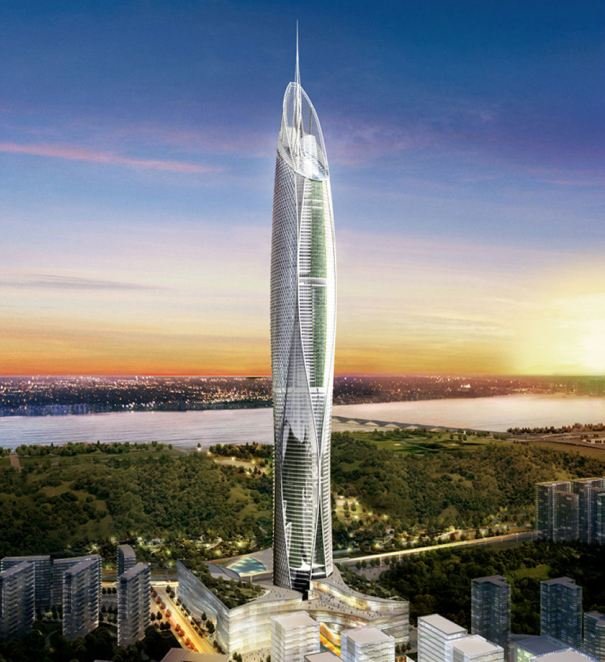
The Digital Media City Tower is located in the capital of South Korea and represents a fusion of technology and sustainability strategies. The Digital Media City Tower has a central atrium that expands through different areas of the building, including the hotel, residential area and the observation deck.
Wind towers installed at the structure's crown are powered by the air that rises through the atrium. The gardens growing inside the tower play the role of lungs, providing air circulation and filtration.
The CIS Tower, Manchester, England, UK
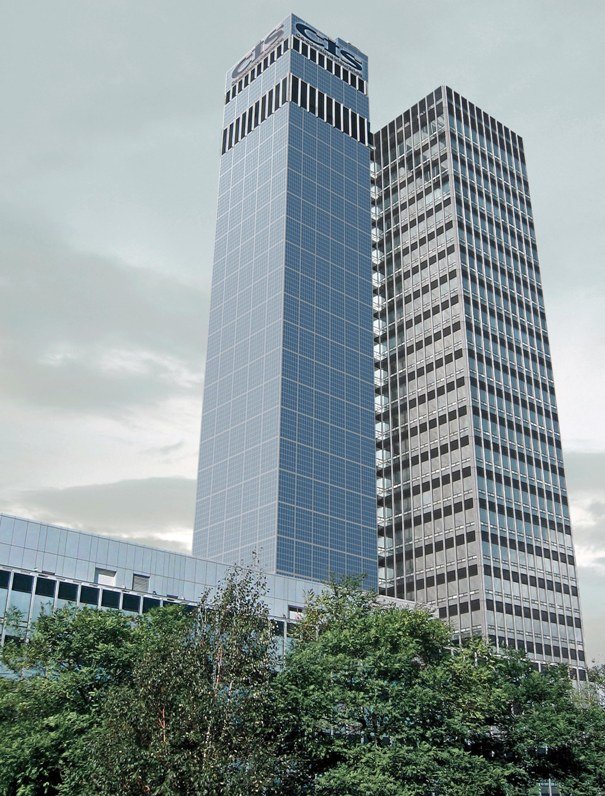
The CIS Tower is 118-meter (387 feet) tall and is located in England. This building is covered in glass and It was constructed in the period between 1959 and 1962 and was equipped with a large number of photovoltaic panels. The CIS Tower is the biggest solar-powered project in the United Kingdom, able to produce 180,000 kWh each year.
The Bahrain World Trade Center, Manama, Bahrain
The Bahrain World Trade Center is a 240-meter (787 feet) high twin tower complex in Manama, Bahrain. The BWTC is the world's first skyscraper that has three large wind turbines integrated into its design. The turbines are used to generate clean energy for the building.
Pearl River Tower, Guangzhou, China
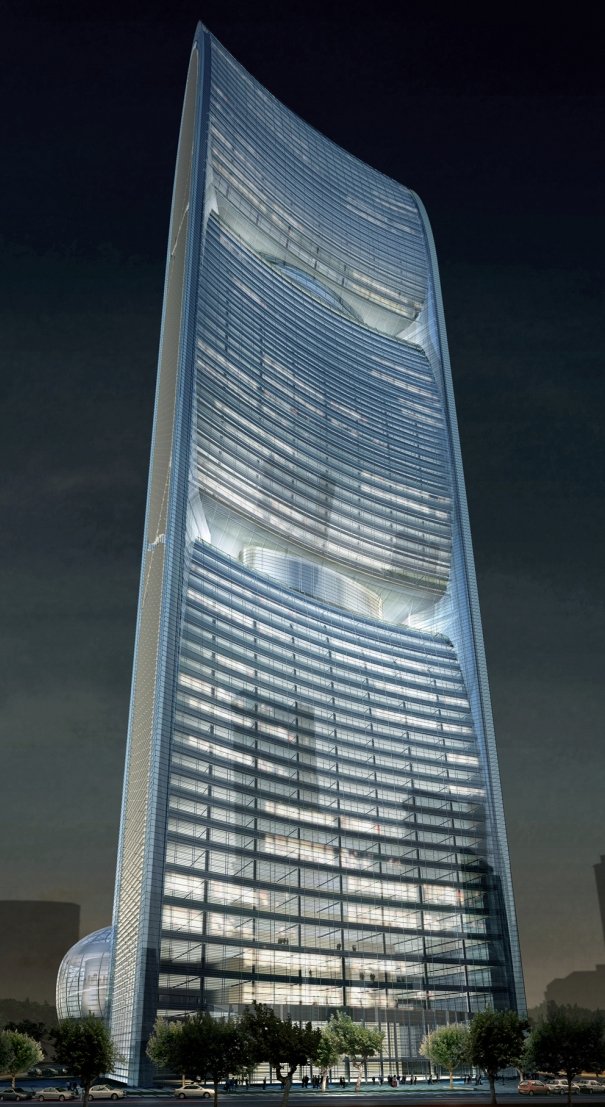
Pearl River Tower is 309-meter and is located inTianhe District, Guangzhou, China. The construction began on September 8, 2006. The main features include wind turbines and photovoltaic cells for solar energy and raised floors ventilation along with heating and cooling ceilings. Right now the building is in the construction process but after it is finished, the Pearl River Tower will be the world's biggest radiant-cooled office building and the most energy efficient skyscraper in the world.
The Bank of America Tower, Manhattan, New York City, United States
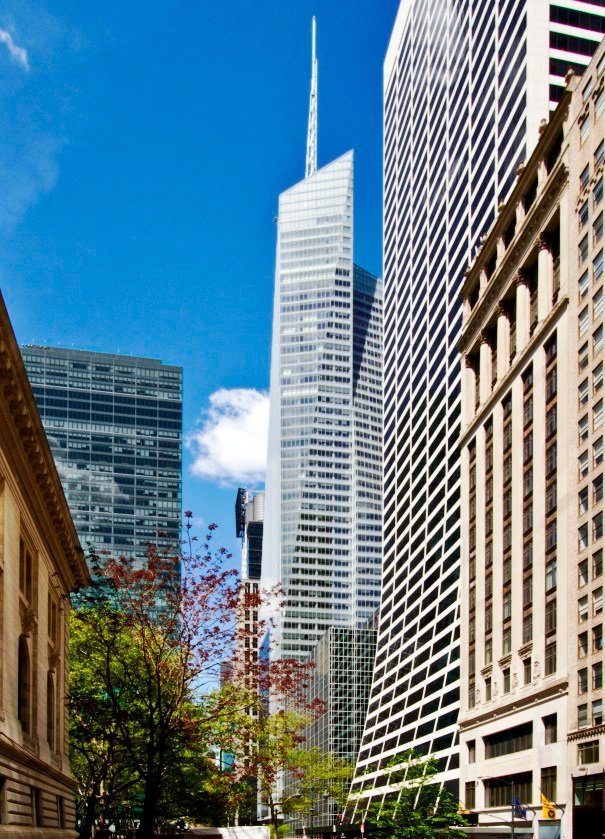
The Bank of America Tower is a 366-meter long (1,200 feet) structure located in Manhattan, NYC, US. This building has floor-to-ceiling insulating glass that maintains heat and ensures maximum light and also has a greywater system used to gather rainwater and filter it for later reuse. The Bank of America Tower was built in 2009 and was made with recyclable materials and has waterless urinals that can save up to 8 million gallons of water each year.
Thanks to @sirknight for the #celestialchallenge.
• Sunday - Light
• Monday - Darkness
• Tuesday - Animal Kingdom
• Wednesday - Structures
• Thursday - Forces in Nature
• Friday - LoveBeauty Freedom
• Saturday - Agriculture
Source
http://www.energytrendsinsider.com/2009/05/12/ten-of-the-greenest-skyscrapers-in-the-world/
http://www.infoniac.com/environment/top-eco-friendly-skyscrapers.html
http://www.consumer.es/web/es/medio_ambiente/urbano/2008/02/21/174754.php
http://www.consumer.es/web/es/medio_ambiente/urbano/2009/03/05/183838.php
http://www.arqhys.com/construcciones/edificios-ecologicos.html
https://elviajero.elpais.com/elviajero/2013/06/10/album/1370857929_422996.html#foto_gal_1
http://revista.consumer.es/web/es/20030601/medioambiente/61235.php
http://www.arqhys.com/construcciones/edificios-ecologicos.html
interesante, me encanta la arquitectura
gracias @mythings me alegra mucho que te gustara...
wow posting is very good
thanks @muhammdzumairy1 cheers
ok same sama.kalau any time please help me